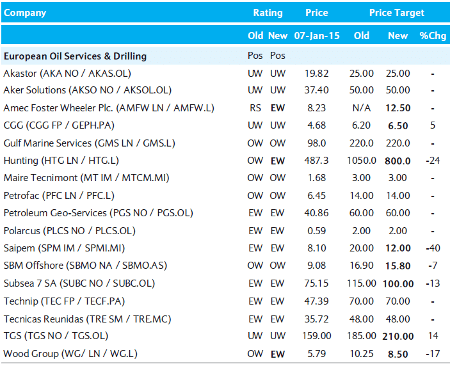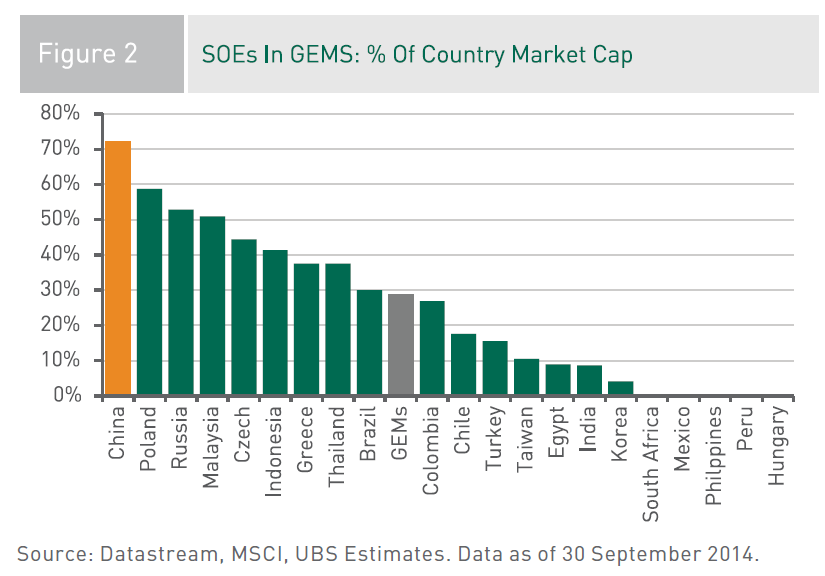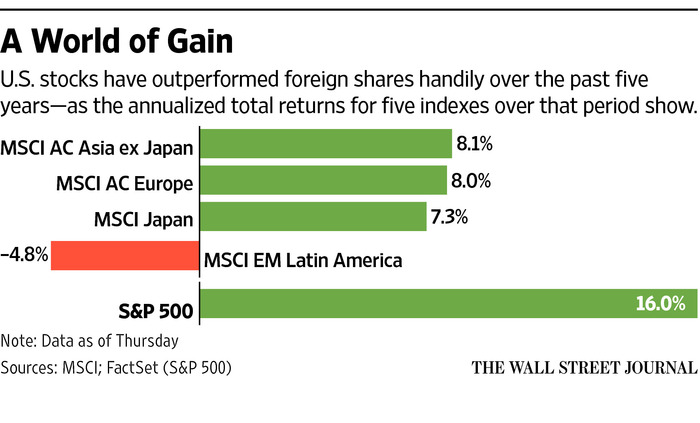Canada vs. the U.S.: Whose retirement grass is greener? (Financial Post). Related to the UK, see 74% don’t know Isa allowance limits (Money Observer)
10 things you didn’t know about Eurovision (Deutsche Welle)
A tale of three sectors (Allianz’s Unconstrained Thinking)
Why households stay away from the stock market in India (The Hindu Business Line)
The East India Company: The original corporate raiders (The Guardian). This is a long article.
FTSE investor? You’re in great position to benefit from new European QE (MoneyWeek)
‘Worldly life is frightening:’ Famous Siberian hermit prefers taiga to civilization (RT)
Even without the conflict, Russia is bad for Ukraine and the CIS: Fitch (FT beyondbrics)
Searching for Yield Down Under (The Blog, Blackrock) See also ‘Selfie’ Shtick Focuses on Dividends (The WSJ)
Cross-Listed International Stocks: Another Investing Alternative (Charles Schwab)
Two Key Elements to a Better Investment Strategy, (McLean & Partners)
Punta Cana Beach, Dominican Republic




